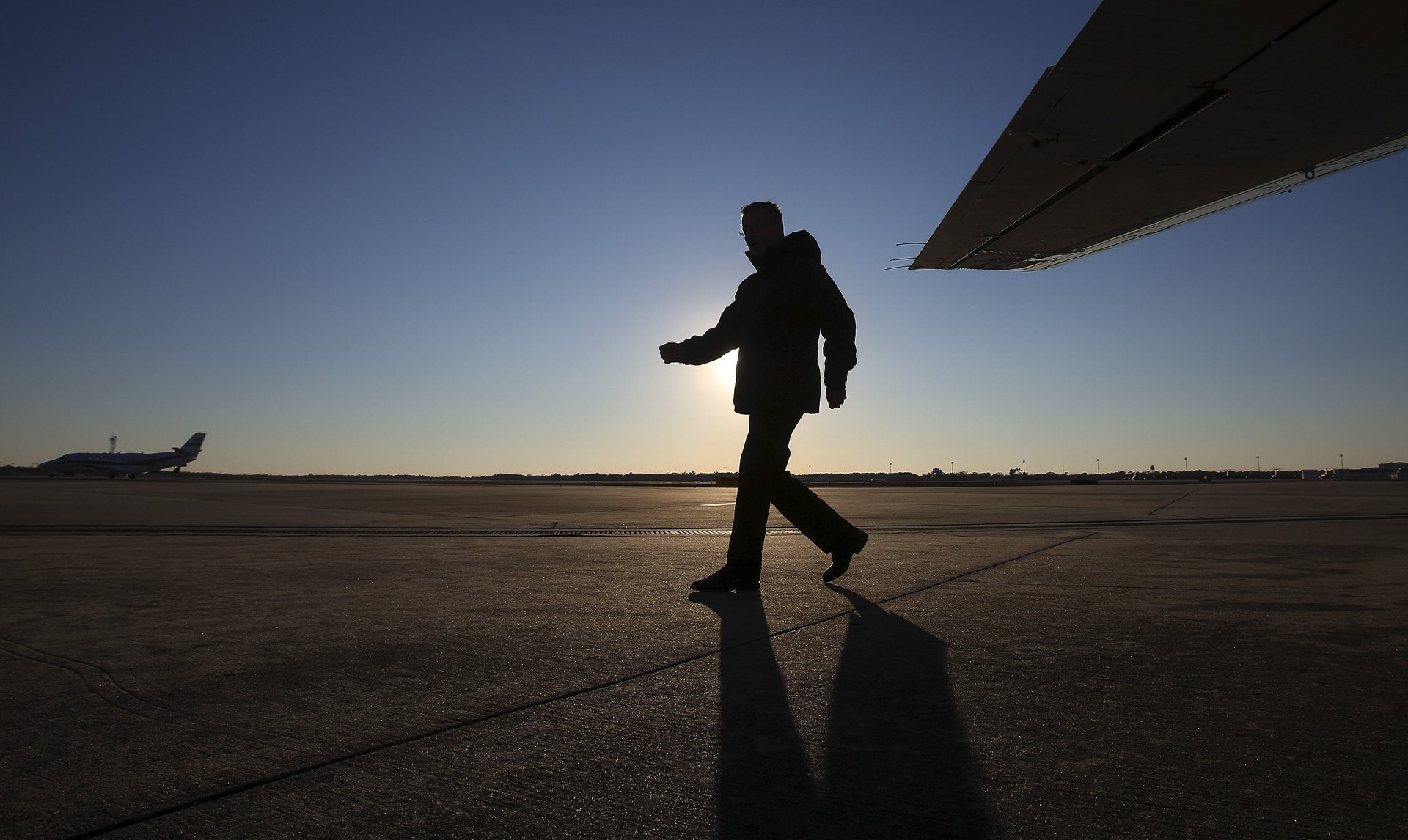Shooting scares at JFK and LAX have exposed a gaping hole in airport security
Chaos followed the false alarm of a shooter at Los Angeles International Airport on Sunday (Aug. 28). As panicking crowds fled to the tarmac, they exposed the ease with which highly restricted areas of an airport can be accessed in an emergency.


Chaos followed the false alarm of a shooter at Los Angeles International Airport on Sunday (Aug. 28). As panicking crowds fled to the tarmac, they exposed the ease with which highly restricted areas of an airport can be accessed in an emergency.
After hearing loud noises during the Sunday evening incident, passengers at LAX evacuated through emergency exits and onto the airfield, according to Los Angeles Airport Police. It was the second time in less than a month that a shooting scare drove passengers into this area at a major international airport. On Aug. 14, passengers ended up on the tarmac after a similar false alarm at New York’s John F. Kennedy International Airport.
The alarming sounds at LAX were just “loud noises” and not gunshots, according to the Los Angeles Police Department.
An airport’s taxiways and runways are highly sensitive due to their proximity to aircraft. Access to planes and the areas around them is generally limited to specific airport personnel like baggage handlers. For security reasons, most passengers’ feet never touch the roads that airplanes travel.
Yet security officials cannot block exits during a panic.
“There are alarms and cameras, but [the doors] have to be unlocked in case of an emergency,” says Robert Pedregon, spokesman for the Los Angeles Airport Police. “That’s a fire code. We would love to have the doors locked and secured.”
More security officers would be needed to keep sensitive planeside areas safe, in the case of an attacker using a diversion to drive a crowd there (or embedding with the crowd), says Anthony Roman, a former pilot and president of Roman & Associates, a security analysis firm in Long Island, NY.
The threat of a decoy, like a loud noise, is already something that airport security officers take into account, Pedregon says. And airport personnel are “meticulous” about security issues when passengers are on the tarmac: The area is swept with bomb-sniffing dogs and passengers are screened again before returning to their gates, he adds.
After recent attacks in the airports in Istanbul and Brussels, officials have debated how to better protect areas that are open to the public like departure halls and baggage claims. How to control access to sensitive restricted areas like taxiways and runways—even in an emergency—will be another question to answer.